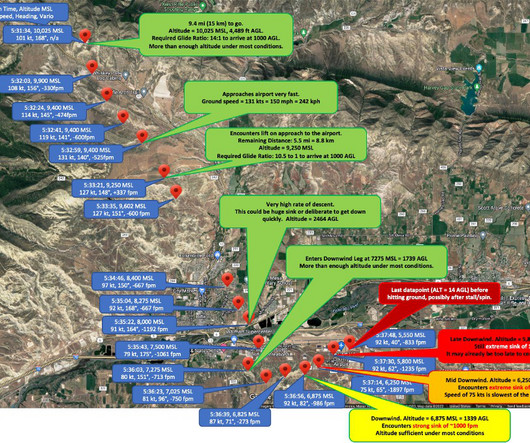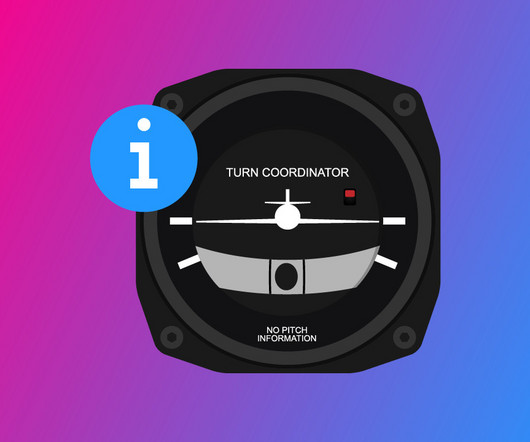Airspeed and Altitude Control Simplified: Tips for Stable Flying
Pilot Institute
NOVEMBER 16, 2024
If you’re aiming to get comfortable with managing both airspeed and altitude in flight, you’ll need to understand the difference between indicated airspeed (IAS) and true airspeed (TAS). Your speed can be measured in different ways, including indicated airspeed, true airspeed, equivalent airspeed, and ground speed.














Let's personalize your content